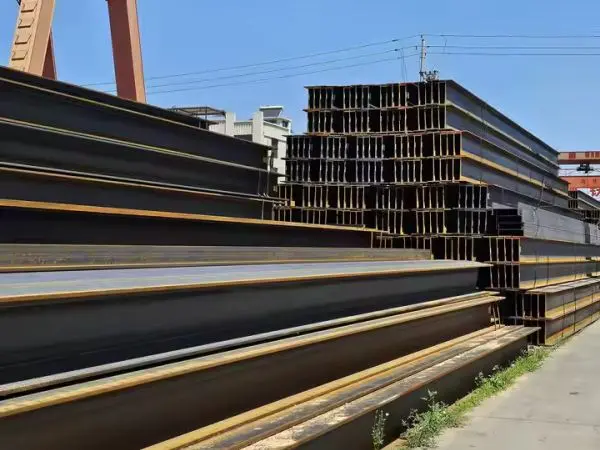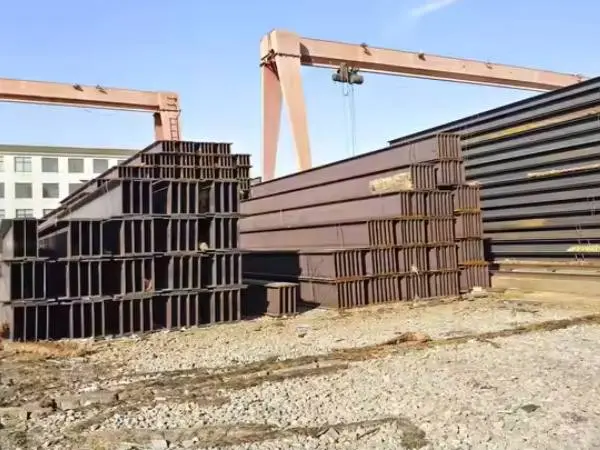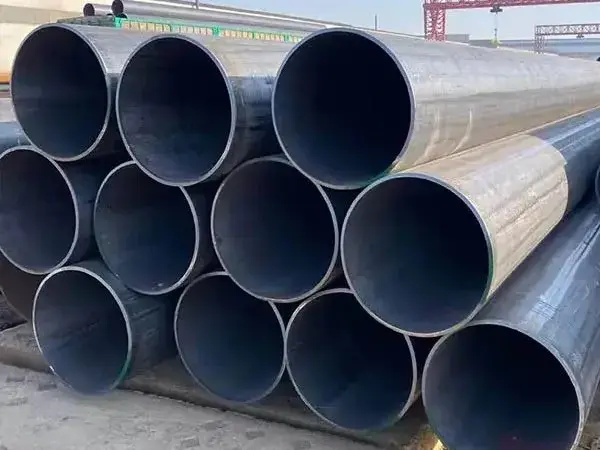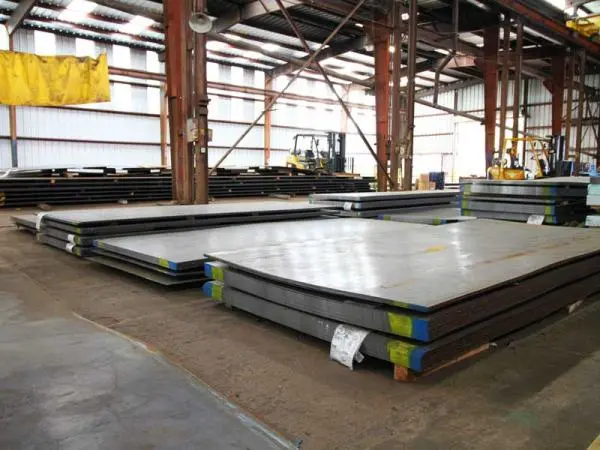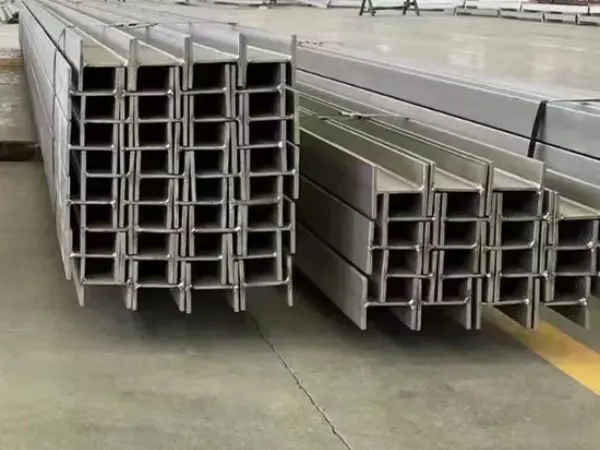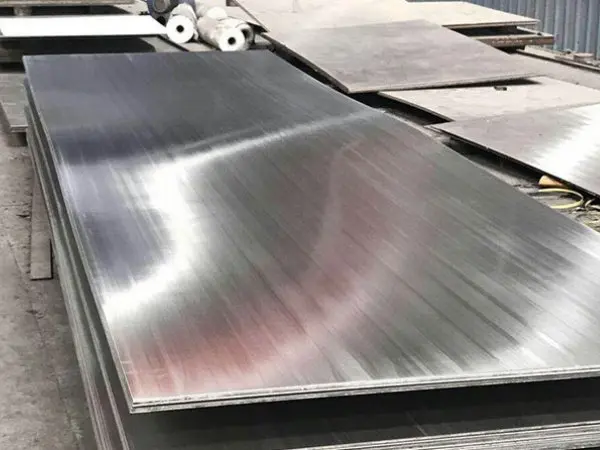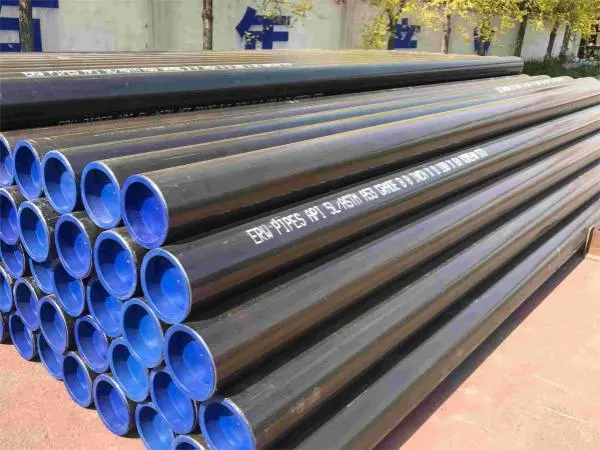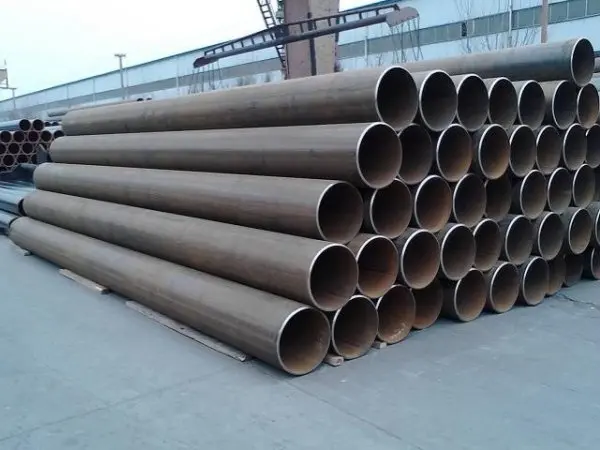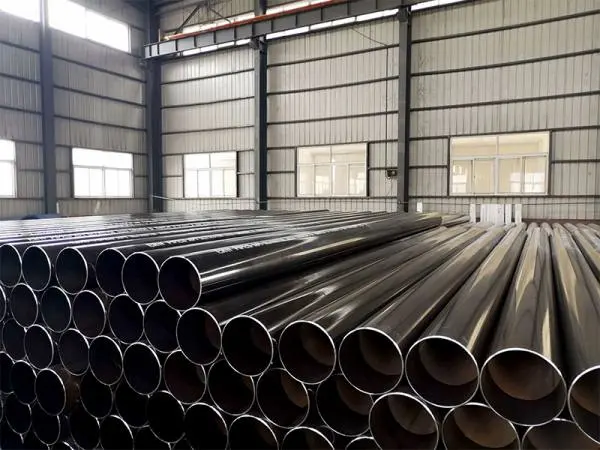-
Reasons for sand eyes at the weld of spiral submerged arc welded steel pipe
Spiral steel pipes are manufactured by spirally bending strip steel through a coiling machine, followed by double-sided submerged arc welding using capacitor discharge technology. During the production process, defects such as weld leakage and misalignment of galvanized channel steel often occur. Among these, the most challenging defect to control is the formation of sand holes (also known as "sand eyes") at the butt weld joints of the spiral pipes. Manufacturers of spiral submerged arc welded steel pipes have identified the following key causes of sand hole formation.
2025-04-14
-
5 common rolling defects in h-beam production
In recent decades, advancements in continuous casting technology and improvements in automated, computer-controlled rolling systems have significantly refined the production process of H-beams. However, during the transformation from specially shaped billets to finished H-beam products, challenges such as lower rolling temperatures and limited metal plasticity pose constraints. This article will briefly introduce 5 common rolling defects in h-beam production.
2025-04-11
-
Introduction to ASTM A6 A6M H beam
ASTM A6/A6M is a standard specification developed by ASTM International for rolled structural steel, including steel plates, sections, sheet piles, and bars used in general-purpose structures. This standard covers a wide range of structural steels, including W-shapes, HP-shapes, M-shapes, and S-shapes. Among them, H-beam steel falls under the category of W-shaped sections. Here's an overview of ASTM A6 A6M H beam.
2025-04-11
-
Carbon steel welded pipe in the industrial field
Carbon steel welded pipe, as the name implies, is primarily made from an iron-carbon alloy. During production, steel billets undergo steelmaking and continuous casting to form coils or plates, which are then shaped and welded into pipes using techniques such as Electric Resistance Welding (ERW) or Submerged Arc Welding (SAW). This manufacturing route makes welded pipes versatile in both size and wall thickness, suitable for a wide range of industrial applications.
2025-04-10
-
How to identify genuine weathering steel plates?
With the increasing popularity of weathering steel in architecture, landscaping, and structural applications, the market has seen a surge of counterfeit or mislabeled products. Genuine weathering steel—often referred to by trade names like Corten steel—is prized for its ability to form a stable, rust-like appearance that protects against further corrosion. However, distinguishing it from ordinary steel, especially in the early stages, can be challenging. To help you ensure material authenticity and avoid costly mistakes, here are several methods for identifying real weathering steel plates, based on different stages of their exposure and oxidation.
2025-04-10
-
Production technology of H beam
H-beams are typically categorized into two main types based on their usage and cross-sectional design: one is used as beam-type building components, and the other as column-type (or pile-type) building components. This article will briefly introduce production technology of H beam.
2025-04-09
-
Precautions for quality inspection of welded steel pipe welds
Welding quality inspection refers to the process of evaluating the welding quality of welded steel pipes by applying techniques such as investigation, observation, measurement, testing, and detection. This process ensures that the welds meet usage requirements, prevents the continued production of substandard welded steel pipes, and mitigates the risk of quality-related accidents.
2025-04-09
-
How long is the service life of stainless steel plates?
As a high-performance metal material, stainless steel plates are widely used across industries and in daily life due to their excellent corrosion resistance and durability. But how long can a stainless steel plate actually last? The answer depends on several key factors.
2025-04-08
-
How to extend the service life of ERW pipes?
ERW (Electric Resistance Welded) pipe is a type of welded steel pipe formed by high-frequency current heating at the contact edge of the steel strip, causing rapid melting and solid bonding. However, their long-term performance and durability can be significantly impacted by various factors. Improper use or inadequate maintenance can lead to premature failure, higher replacement costs, and even system-wide disruptions. Understanding the factors that influence ERW pipe lifespan and implementing effective preservation strategies is essential.
2025-04-08
-
Basic principle of high frequency welding of ERW pipe
High-frequency welding (HFW) is a modern welding technique that utilizes the skin effect and proximity effect generated by high-frequency currents to join steel plates and other metal materials. The development and refinement of HFW technology have become a cornerstone in the manufacturing of ERW pipes. The quality of the HFW process has a direct impact on the overall strength, consistency, and production efficiency of welded pipe products.
2025-04-07
-
Hot rolling process of carbon steel plate
Carbon steel plates are iron-carbon alloy sheets with a carbon content ranging from 0.02% to 2.11%. Owing to their high strength, ease of processing, and cost-effectiveness, they have become a fundamental material in construction, manufacturing, and energy sectors. Based on production methods, carbon steel plates are generally categorized into hot-rolled and cold-rolled types. This article focuses on the hot rolling process and its key features.
2025-04-07
-
The role of ERW pipe in gas pipeline
Electric Resistance Welded (ERW) pipes are widely used in gas pipelines due to their efficiency, cost-effectiveness, and ability to meet safety and technical requirements. Below, we explore the specific roles, performance characteristics, and advantages of ERW pipes in gas transportation.
2025-04-03


